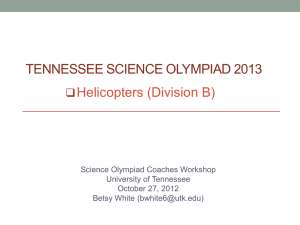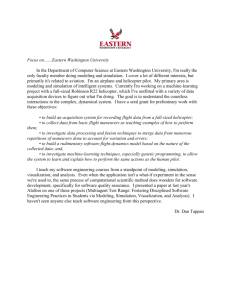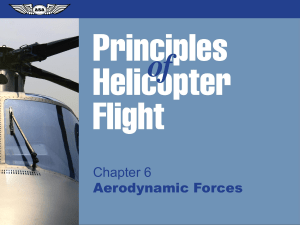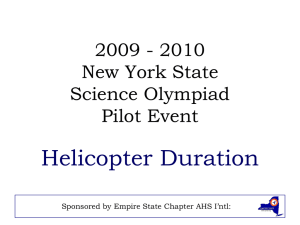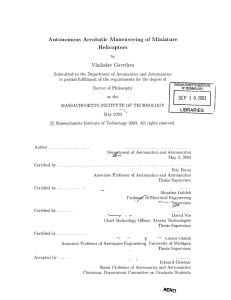Formal Lab Report Sample
advertisement
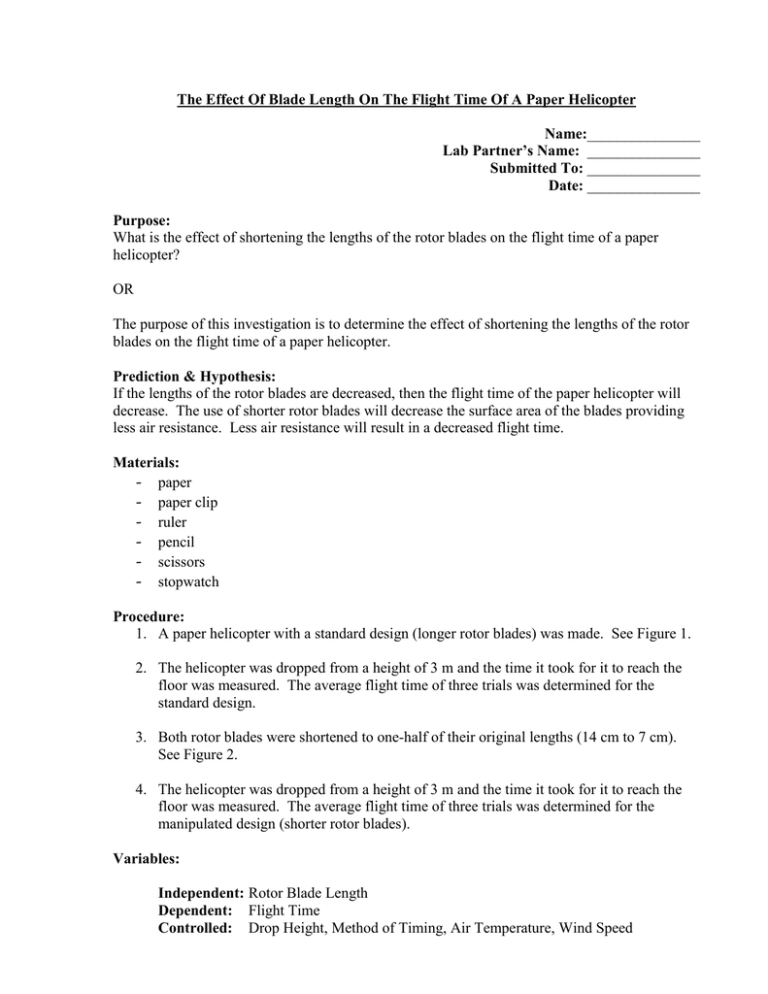
The Effect Of Blade Length On The Flight Time Of A Paper Helicopter Name:_______________ Lab Partner’s Name: _______________ Submitted To: _______________ Date: _______________ Purpose: What is the effect of shortening the lengths of the rotor blades on the flight time of a paper helicopter? OR The purpose of this investigation is to determine the effect of shortening the lengths of the rotor blades on the flight time of a paper helicopter. Prediction & Hypothesis: If the lengths of the rotor blades are decreased, then the flight time of the paper helicopter will decrease. The use of shorter rotor blades will decrease the surface area of the blades providing less air resistance. Less air resistance will result in a decreased flight time. Materials: - paper - paper clip - ruler - pencil - scissors - stopwatch Procedure: 1. A paper helicopter with a standard design (longer rotor blades) was made. See Figure 1. 2. The helicopter was dropped from a height of 3 m and the time it took for it to reach the floor was measured. The average flight time of three trials was determined for the standard design. 3. Both rotor blades were shortened to one-half of their original lengths (14 cm to 7 cm). See Figure 2. 4. The helicopter was dropped from a height of 3 m and the time it took for it to reach the floor was measured. The average flight time of three trials was determined for the manipulated design (shorter rotor blades). Variables: Independent: Rotor Blade Length Dependent: Flight Time Controlled: Drop Height, Method of Timing, Air Temperature, Wind Speed Observations: Table 1: Flight Times For The Paper Helicopter (Standard Design) Rotor Blade Length (cm) 14 Trial Flight Time (s) Average Flight Time (s) 1 2 3 2.53 2.25 2.34 2.37 Table 2: Flight Times For The Paper Helicopter (Manipulated Design) Rotor Blade Length (cm) 7 Trial Flight Time (s) Average Flight Time (s) 1 2 3 1.93 2.10 2.06 2.03 Sample Calculation: Average Flight Time 2.53 s + 2.25 s + 2.34 s = 7.12 s 7.12s / 3 = 2.37 s Analysis/Discussion & Sources of Error: 1. Why is it important to have controlled variables? 2. Describe any sources of error and explain how they may have affected the results. Conclusion: The results support the prediction and hypothesis. The average flight time of the paper helicopter decreased from 2.37 s to 2.03 s when the rotor blades were shortened.




